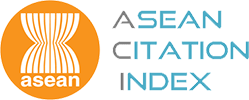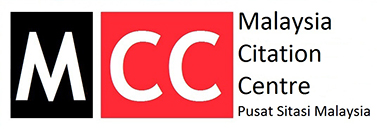Soil Survey of Banggi Island Forest Reserve, Sabah for Teak Plantation
DOI:
https://doi.org/10.47253/jtrss.v1i2.636Keywords:
Sabah, Banggi Island, Forestry, Teak, SoilAbstract
A detailed reconnaissance soil survey was conducted within Banggi Forest
Reserve, Sabah (latitude 7°14’N to 7°21’N and longitudes 117°4’ E to
117°12’ E). The highest peak of this area is approximately 529 meters above
sea level with 95.6% of the slopes ranging from 2° to 35°. The main
geological body of this area is shale, sandstone and mudstone of upper
Cretaceous to recent Quarternary age class. The climate of Banggi Island is
typically hot and humid and influenced by north-east and south-west
monsoon winds. Based on the soil survey, 11 soil series and 6 soil
associations were established in this area belonging to Paliu, Kumansi, and
Tanjung Lipat family. The area, classified as suitable, marginal, marginallyunsuitable and unsuitable were 7030 ha, 1601 ha, 441 ha, and 2134 ha,
respectively. The unsuitable areas were mainly confined to the hilly terrain
which is dominated by rock outcrops and shallow profiles. The higher terrains
have mainly shallow profiles where the parent materials were encountered
within 0-50 cm from the surface horizon. Soil occurring over topography
exceeding 35° gradient is considered as not suitable for teak plantations. In
Banggi Island Forest Reserve, 62.8% of the total area is suitable for teak
planting.






